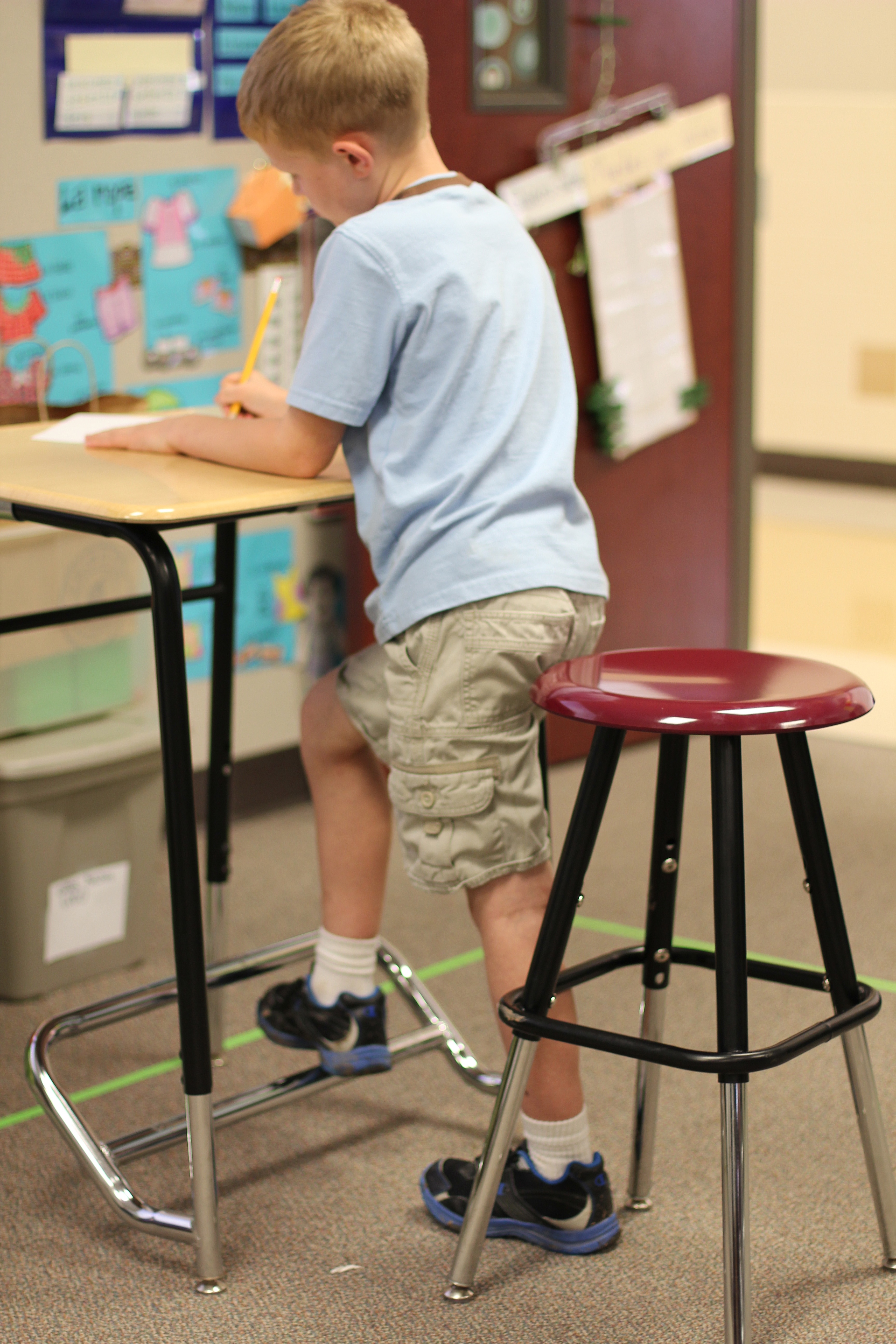pro and cons of
technologies
The Pros
First of all, there are countless resources for enhancing education and making learning more fun and effective. From apps to organizational platforms to e-textbooks and more, there are many amazing tools that can help you. In my recent article Top Ten EdTech Tools to Set Your Class Up for Success, I highlight tools that will help both students and professors alike collaborate, share ideas, stay organized, and more to get the most out of learning.
Futhermore, students can learn life skills through technology. Creating presentations, learning to differentiate reliable from unreliable sources on the Internet, maintaining proper online etiquette, and writing emails; these are all vital skills that your students can learn in the classroom and master before graduation.
Then, We live in a digital world. Neither you, nor your students, should go back to the 19th century when they walk into your classroom. Using technology in the classroom can prepare your students for a future deeply rooted in technology.
The Cons
Technology can foster more cheating in class and on assignments.
However, this will only happen if you give up hope on adjusting your students’ attitudes and only give them subjective assignments that require no thought or perspective. My colleague recently published an excellent article on How to Prevent Cheating in Your Class.
Besides, students do not have equal access to technological resources. There will be students who do not have iPads or cameras or even the textbooks for class. It will be up to you to point them in the direction of the library or community resources, or to create assignments that allow them to work in groups and share resources. That being said, close to 95% student have some sort of technology devices, even if it’s just a cell phone. While resources often come at a cost, we did come up with a list of 7 Free Classroom Tech Tools You Need Know.
Last but not least, the quality of research and sources they find may not be top-notch.The internet is both a blessing and a curse. Your students may need some guidance on identifying proper sources and unreliable sources. Many campuses have writing centers that can help with this.


